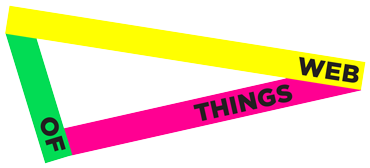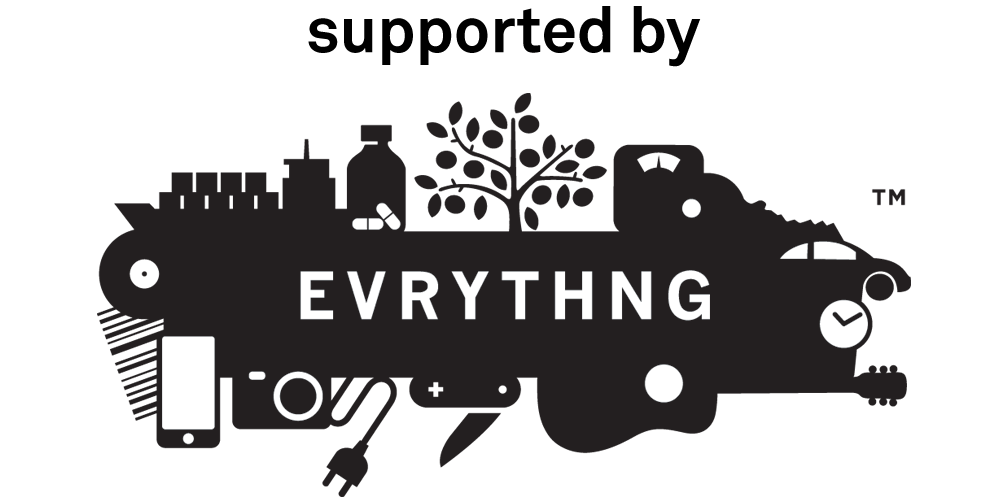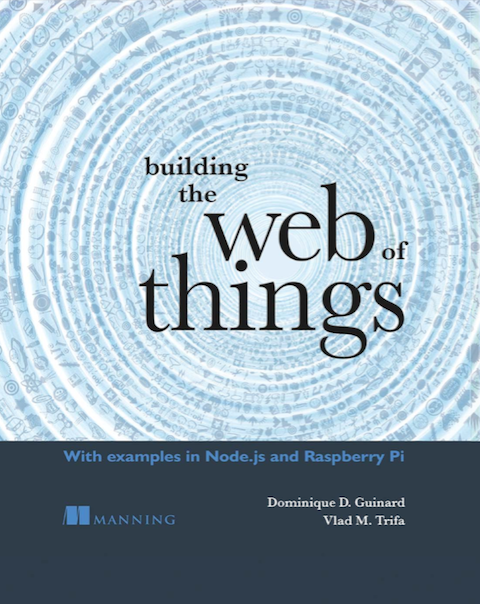A few days ago, we presented our newly launched developer portal for the EVRYTHNG Engine at the M2M Partner Event in Budapest organized by Deutsche Telekom. The event took place in the Hungarian Railway Museum, and I gave a talk in a lovely 19th century wagon, which was (retro-)fitted with a plasma screen (I’d have preferred air-conditioning considering 20 brains steaming in such a tiny “room”).

The event was a pretty interesting gathering of various partner companies in the machine to machine area, following by various talks and workshops. The food was almost as gorgeous as the venue, but the best part was a unique opportunity to take the pulse of what is happening in the M2M market and how this emerging market is shaping telco operators.

Although the event was very M2M-ey, a few interesting trends clearly emerged:
1. Telcos partnering with device makers for end-to-end solutions
Quite a few large players in the M2M market were present (especially hardware manufacturers chip and antenna makers), and were displaying their solutions. I also had a chance to talk with people from Axeda (a leading provider of cloud solutions for M2M, I recommend having a look at their extensive resources portfolio), digi (who are super active these days by partnering with ThingWorx and Deutsche Telekom, and who just got elected as the “best overall M2M platform“), Living PlanIT (main sponsor), Cinterion. In the end, it seems that telco clearly see opportunities by leveraging their infrastructure and partnering with hardware providers to sell end-to-end solution including 3G data plans for devices. They are working actively to make it easier for companies to buy ready-made chips to integrate in their products that come directly with Internet connectivity included.
2. Vending machines are the next big thing
For some reason, most of the people I talked to seemed to be working in some form with future smart vending machine. Without mentioning any particular company, it seemed that the market is quite large for Internet-connected vending machines and lots of hardware providers are trying to get their chips into those machines. The core purpose is to analyze in real-time the content of each machine and plan optimally the refill of items depending on various conditions (from sales, to events nearby, to weather). I didn’t see sadly any prototype, and didn’t hear much about the consumer-facing experience of those machines. I’d have loved to see a Web-enabled coke machine that would allow the world to buy me a free coke (very cool project by the way). But I guess we’re not quite there yet and people think more logistics and back-end.

Image source: Zytronic (excellent project, worth a read!)
3. No trace of track and trace
For me, track and trace is the lowest hanging fruit in the WoT world, as many solutions exist out there to track things – from individual products to boxes/pallets/containers to trucks – and the market is not only existing but large. As we have written a while ago on the Web of Things blog, web-enabled track and trace solutions would be a large game changer in the market, but I was disappointed not to see anything novel at the event (and wondering why can’t I have an API to track everything I buy). As an example, I found Wialon as an interesting concept (GPS data storage and monitoring solution) but I guess it’s one among many others and nothing out of the ordinary on this field. Would love to hear more about logistics solutions that really leverage an open Web of Things, with open APIs to build smarter solutions, so if you hear about any of those, I’d love to share them on this blog.
4. Smart houses – still around, and still not smarter
There were quite a few prototypes there showing smart houses, heating systems, smart doors, smart electricity plugs, but seriously, same stuff I’ve seen for the last years. Different companies, same solutions and value proposal. The only notable exception was Discovergy, a very neat German startup that sells a smart energy counters that can select in real-time the cheapest provider – so you always get the best price.
5. Still no WoT in M2M
That’s still the case. After 5+ years of research in this area, I didn’t see much Web-centric in M2M world. I’d love to see more *truly* RESTful, Web-friendly, open APIs – just like those commonly found on most Web 2.0 services out there. I would have love to see large companies that willingly adopt open standards – this would drive innovation so much. Unfortunately, I don’t think we’re there yet, and no signs that industries are getting anywhere near.
Conclusion
All in all it was a great event, with a nice mix of very interesting people, and especially a strong sense of “real-world” which has been strongly missing in academia. the reality is that M2M solutions are still really expensive and bespoke, as many system integrators were present, the bulk of industrial activity is still very custom, expensive, inflexible, proprietary solutions that big companies buy from other big companies. This, to me, is a big brake for a much larger adoption of those systems. Leveraging Web technologies would allow to quickly build robust, interactive solutions for a fraction of the cost and desires of magnitude more integrable. This is what the Web of Things is all about – making it easier to leverage those technologies for more efficient business process.
Finally, we would like to thank our hosts Deutsche Telekom for inviting us to a wonderful event in a great location. In particular, I recommend having a look at their M2M competence center – it’s a great platform to connect with other similar companies. Also, this initiative clearly puts them ahead of the game in the industrial M2M market.





